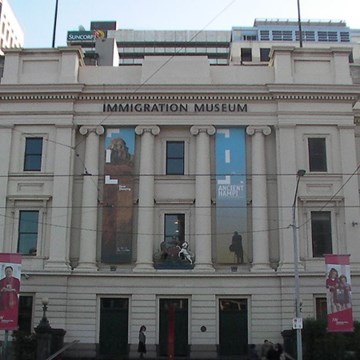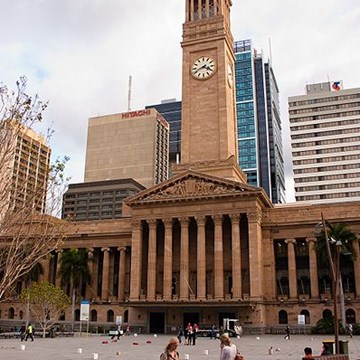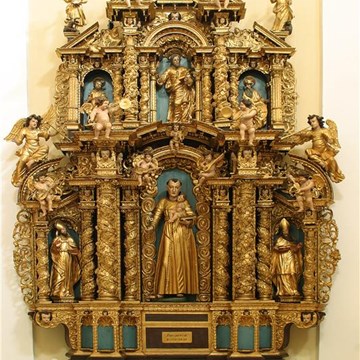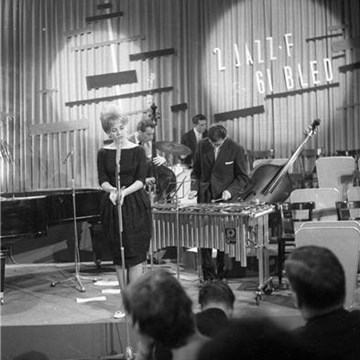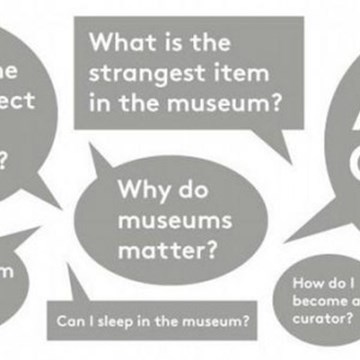Yale Peabody Museum of Natural History
Yale University’s earliest museum collection, begun in the 18th century, was a miscellaneous assortment of “natural and artificial curiosities” from around the world typical of college collections of the time. Systematic collecting of specimens for teaching and research began in 1802 with the appointment of Benjamin Silliman as Professor of Chemistry and Natural History. The outstanding mineral collection Silliman built for Yale, which he used in his pioneering teaching of geology and mineralogy, became an important source of public entertainment and one of the principal attractions for visitors to New Haven.
Silliman’s activities helped to establish Yale as a major center of scientific education in the first half of the 19th century. Among the undergraduates attracted to the University by its scientific reputation was Othniel Charles Marsh. Marsh’s education and his postgraduate studies abroad were funded by his uncle, the wealthy international financier George Peabody. When toward the end of his life Peabody began to distribute his vast fortune to, among others, institutions concerned with education, Marsh persuaded his uncle to include Yale in his philanthropies. In 1866 the Peabody Museum of Natural History at Yale University was founded with a gift of $150,000 for the construction of a museum building and the care and increase of the museum and its collections.
O.C. Marsh was appointed Professor of Paleontology at Yale in 1866, the first such professorship in the United States, and only the second in the world. In addition to serving as director of the Peabody Museum, Marsh, with George Jarvis Brush(Mineralogy) and Addison Emery Verrill (Zoology), was also one of the Peabody Museum’s first three curators. Using his inheritance from his uncle, who died in 1869, Marsh proceeded to amass large collections vertebrate skeletons, vertebrate and invertebrate fossils, fossil footprints, and archaeological and ethnological artifacts.
The first Peabody Museum building opened to the public in 1876, but its capacity was soon strained by the huge dinosaur bones that Marsh’s collectors were sending in to the rapidly growing collections. In 1917 it was demolished to make way for a major dormitory complex, the Harkness Quadrangle. Construction of a new building was delayed by World War I, and the collections were in nearly inaccessible storage for seven years, until the current Peabody Museum building became ready for occupancy in 1924.
Dedicated in December 1925, the new building’s two-story Great Hall was specifically designed to accommodate some of O.C. Marsh’s dinosaurs, such the mounting of the giant “Brontosaurus” (Apatosaurus), completed in 1931 after six years of labor. In 1947 Rudolph F. Zallinger finished the fresco secco painting that is probably the Yale Peabody Museum’s best known feature, the 110-foot mural The Age of Reptiles on the south wall of the Great Hall.
The new building, like the old one, quickly filled with growing collections and the people studying them. Bingham Laboratory, completed in 1959, and the Kline Geology Laboratory (1963), each connected to the Museum and helped to relieve the need for storage, work, and classroom space. Museum collections and staff are also housed in parts of three additional buildings, and a field station a few miles away on Long Island Sound provides varied research opportunities.
In recognition of the importance of conserving the collections and of enabling scientists and scholars to study them properly, the University constructed the new Class of 1954 Environmental Science Center to house approximately half of the Museum’s collections and to provide space for collections-based teaching and research.
Current efforts are addressing the conservation, education and research needs of the collections that make up the remaining portion of the Yale Peabody Museum’s more than 11 million specimens and objects requiring upgraded storage, lab and classroom facilities.
Text Source: Yale Peabody Museum of Natural History - Mission & History
Exhibitions and events

Fossil Fragments: The Riddle of Human Origins
Permanent exhibitionFossil Fragments: The Riddle of Human Origins , a new permanent exhibition at the Yale Peabody Museum, tells the story of the continuing scientific search for our ancestry, and of what we know of...

Discovery Room
Permanent exhibitionImage Above: Photo by Alex Wild The Discovery Room is one of the most popular destinations at the Yale Peabody Museum, visited by more than 60,000 people a year. Full of touchable specimens and...

The Great Hall
Permanent exhibitionThe Great Hall of Dinosaurs is the centerpiece of the Yale Peabody Museum. Featuring skeletons from the Museum’s world-renowned paleontology collections, it is also home to Rudolph...

The Hall of Native American Cultures
Permanent exhibitionThe Hall of Native American Cultures showcases 360 objects from the Peabody’s substantial Native American collections in the Division of Anthropology. The latest installations of...

The Hall of Mammalian Evolution
Permanent exhibitionImage Above: The Otisville Mastodon (skull) Mammut americanus YPM catalog no. 12600 The fossils in this hall, from the Yale Peabody Museum’s collections in the Division of Vertebrate...
Educational programs
We don't have anything to show you here.
Collections
We don't have anything to show you here.




